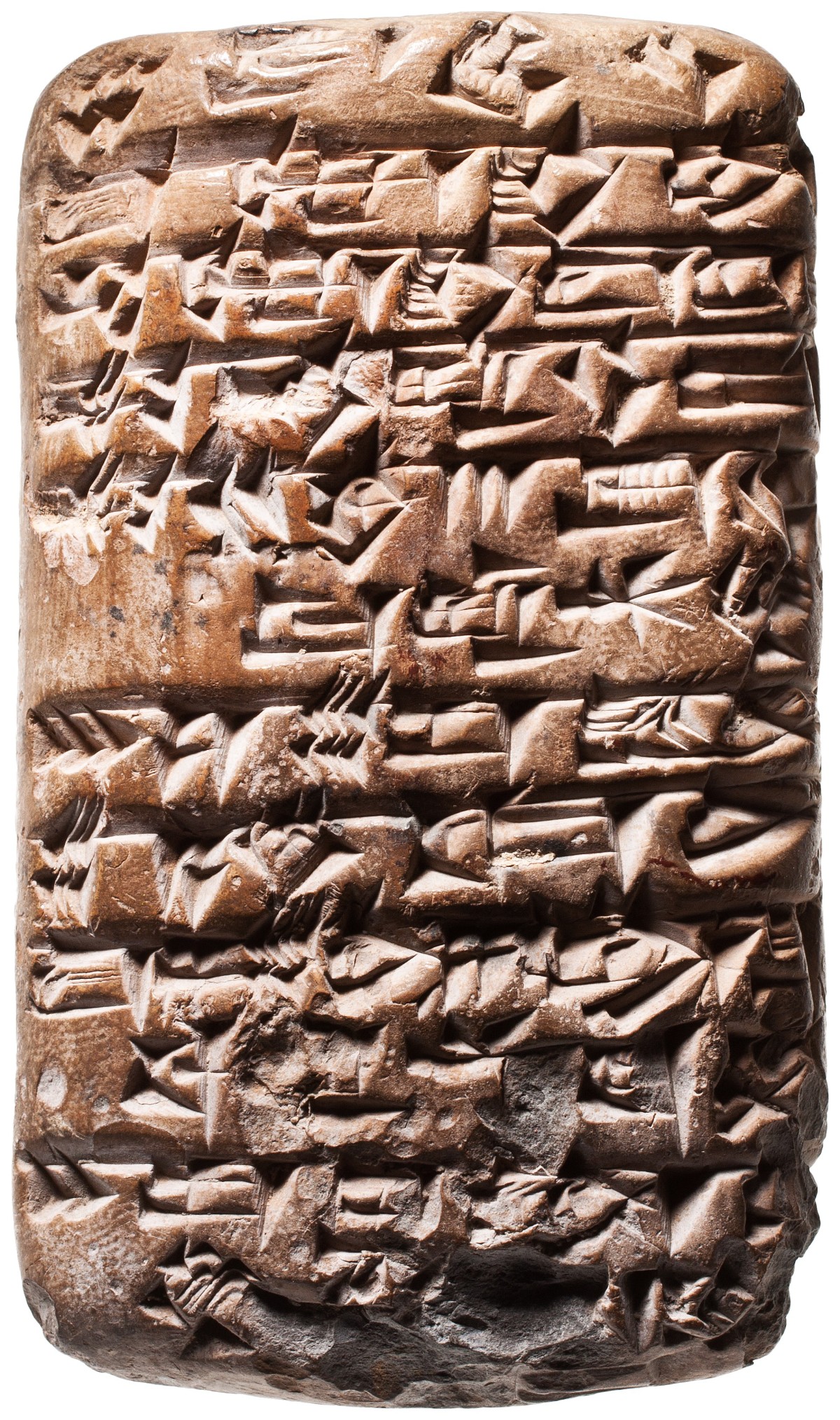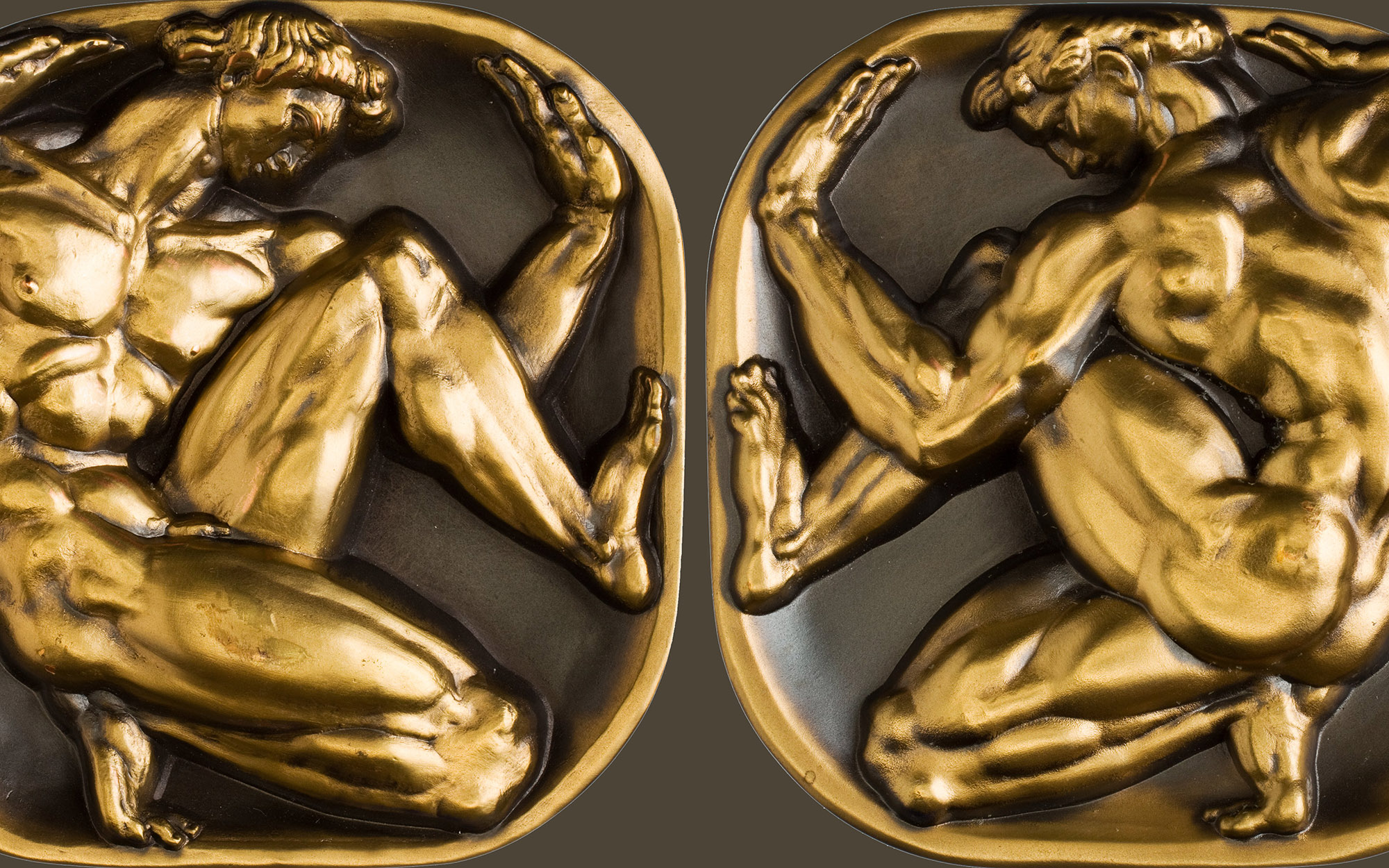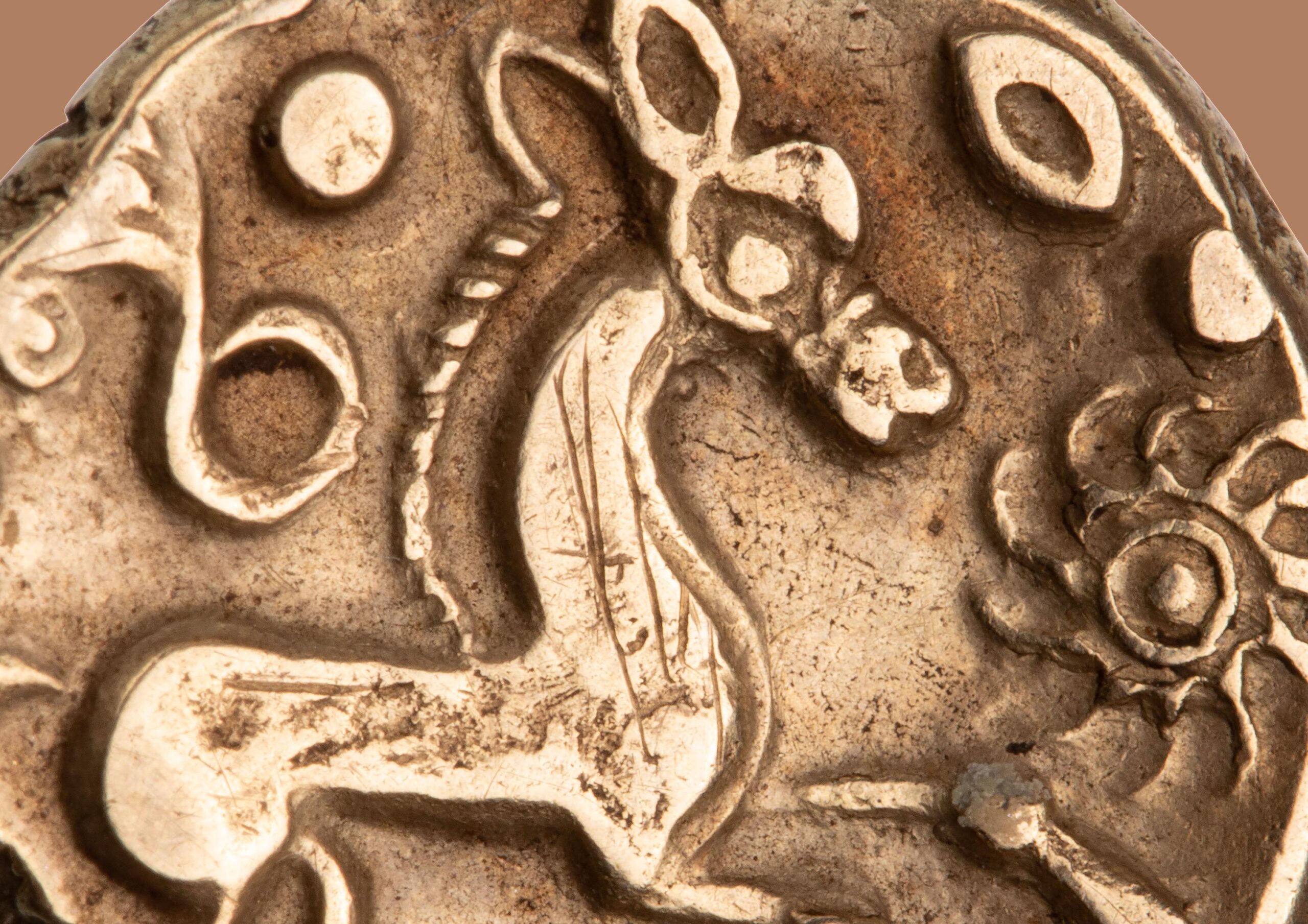Ask a Curator: Oldest?
This is the first in what will be an ongoing series that answers your questions about our collections. If there’s something you would like to know about, please email us here.
Rick S. from Denver asks:
“What is the oldest coin in the ANS collection?”
That is not an easy question to answer. While a number of societies in the ancient Near East and possibly Mediterranean region had performed transactions using precious metals, the origin of coinage proper in the western tradition is generally thought to have occurred in Asia Minor during the last third of the seventh century BC. It came in the form of electrum, a composite and man-made alloy of gold and silver that was stamped with a symbol or text by an issuing authority. It was the ability of an authority to impose a fixed value on coinage that represented the critical transition because it transformed commodity money (anonymous lumps of metal valued by weight) into fiduciary money (value determined legally by the state). While scholars agree that this happened around 600 BC, more precisely when, and exactly why this occurred is still much debated. For an excellent review of the current thinking on electrum and the “enigmatic start to Greek coinage,” see François de Callataÿ’s recent essay in the ANS Magazine.

In sum, the oldest coin in the collection undoubtedly rests among our trays of early electrum, but picking out one in particular as the oldest is at this point impossible. It should be noted, however, that the ANS is presently undertaking a comprehensive metallurgical analysis of our early electrum, which might soon yield and a more definitive and satisfying answer.
It should perhaps also be noted that the oldest object in the ANS collection is actually a clay tablet from the Third Dynasty of Ur, a late Neo-Sumerian empire that flourished in Mesopotamia between 2200 and 2000 BC.

The tablet is a shubati or receipt for rent paid to the House of Damquar by various parties that was originally deposited at the temple of Telloh in certification of the debt having been serviced. The sums were figured in terms of a variety of commodities, including shekels of silver, copper utensils, cloth, and grain. For a translation and more information about the tablet, click the above image to be taken to its catalog record in MANTIS.




